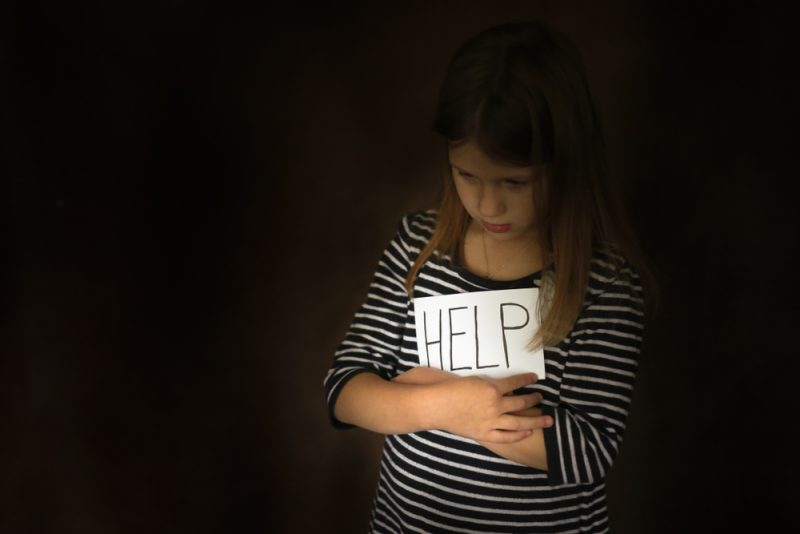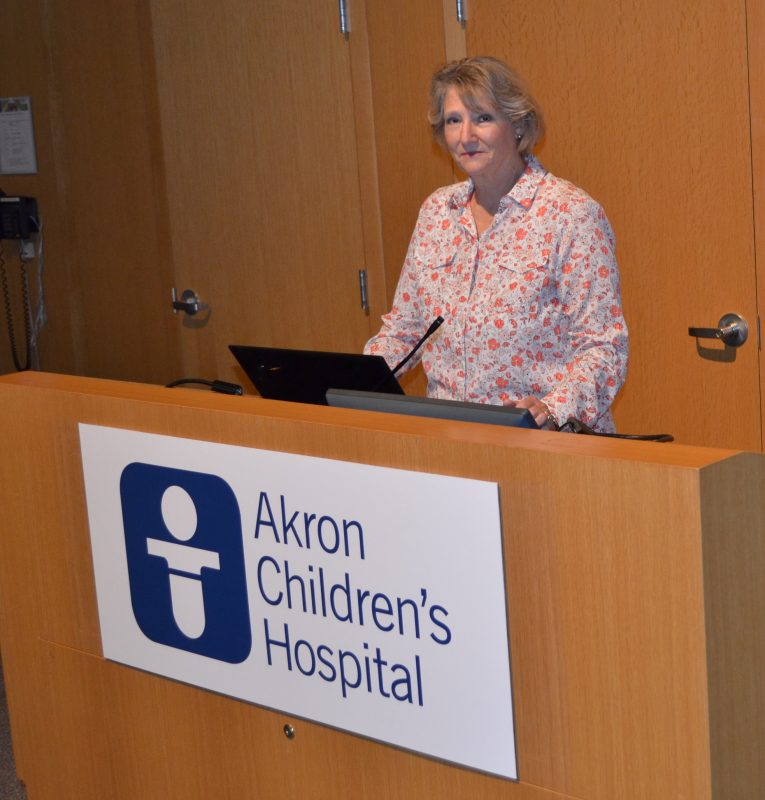 One in 5 girls and one in 10 boys will be victims of sexual abuse prior to their 18th birthdays. Those are startling statistics.
One in 5 girls and one in 10 boys will be victims of sexual abuse prior to their 18th birthdays. Those are startling statistics.
The Akron Children’s Division of Child Protection and Child Abuse Prevention recently hosted a presentation to educate parents, teachers and community members about protecting kids from sexual abuse. Cory Jewell Jensen, M.S., shared insights garnered from spending 35 years evaluating and treating adult sex offenders and their families in Portland, Oregon. She is currently senior trainer for CBI Consulting.
“Molesting children is criminal behavior – it’s not a disease or illness. Offenders know what they’re doing, and they know it’s wrong,” Cory said. “The problem cuts across everything – race, job, social status, gender. Offenders come in all shapes, sizes and ages.”
Sexual abuse is defined is:
- Sexual contact between an adult and anyone under 18.
- Sexual contact between minors.
- Fondling, intercourse, vaginal or anal penetration or oral/genital contact.
- Soliciting a child/minor for sex.
- Exposing children to pornography, or using them for pornography.
- Having sex in front of children.
- Trafficking minors of any age.
Juveniles commit about 35-40 percent of sexual crimes against children. Adult sexual offenders report they committed their first sexual crimes at an average age of between 12 and 14.

Cory Jewell Jensen presented to parents in our auditorium.
Who offenders are
“When it comes to sexual abuse, it’s not often about ‘stranger danger,’” Cory said. “You should be thinking about danger from someone you know such as mom’s boyfriend.” A 1999 study of 1,652 adult male sex offenders revealed the relationships to victims were:
- Biological parent: 16%
- Step-parent: 14%
- Other relative: 16%
- Acquaintance/friend of parent: 26%
- Person in authority or youth service worker/volunteer: 22%
- Stranger: 5%
- Other: 1%
The majority of these offenders’ victims were under age 12.
How offenders got that way
“We used to believe that offenders were themselves sexually abused, but that’s not always the case,” Cory said. “Polygraph testing has led to better understanding of sex offenders, their background and even the number of victims.”
Common characteristics of sex offenders include childhood abuse, neglect or exposure to domestic violence. Offenders often have poor social and coping skills, relationship and emotional problems, distorted attitudes about sex and deviant sexual interests.
Offenders’ targets
Most adult sex offenders carefully choose their victims. They look for kids who have single, absent or uninvolved parents – or live in an environment with drug/alcohol abuse or domestic violence. The kids lack supervision and boundaries, and they often seek attention and affection. The kids may be naïve, poor or lack self-confidence.
“At-risk kids are good targets because they are easier to discredit,” Cory offered. “They may have been victims of abuse before, so they are ‘broken in’ and less willing to tell on a teacher, coach, minister or relative who is abusing them.”
Editor’s note: Read parts 2 and 3 in this series.










